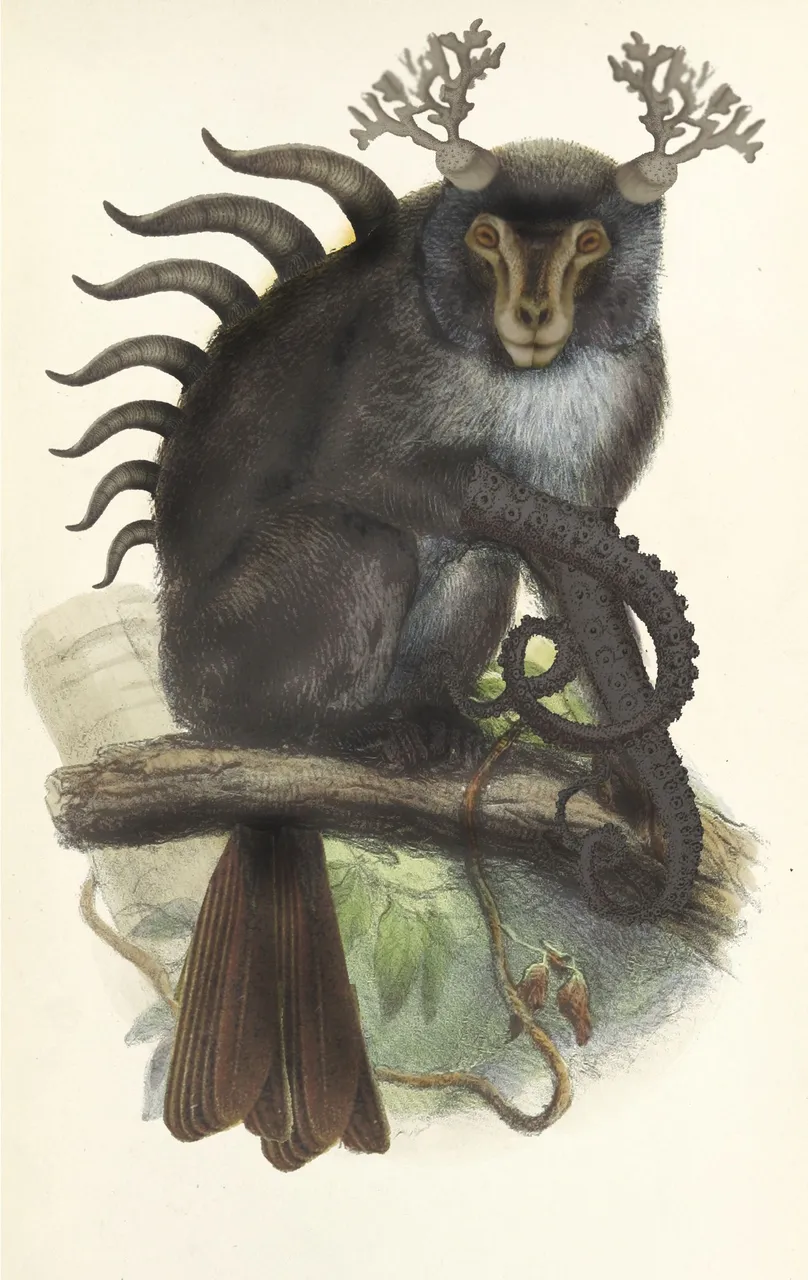Form & Function
Ruminating on the way evolution converges on similar solutions to problems, (from my recent long post on why most aliens are humanoid) I began thinking more about how function and form could be replicated or differ entirely in response to a radically altered history of conditions. Habitat plays an integral, essential role in shaping an organism. A mammal with four legs eventually became a whale, which looks more like a fish at first glance. The sea has shaped it's hydrodynamics from one successful form toward another, over many aeons. A bird tends toward the aerodynamic form by the efficiency of form for it's function of flight in a similar way. Some birds are also waterbirds and their shape has become adapted to accommodate both forces. The Penguin lost it's flight and became a swimming torpedo. A very efficient ocean predator.

What if the Rules were Different
I thought a lot about hands. They seem so useful, we've kept them since we were frogs. That's a long time ago when the first fish left the oceans and clambered onto the land. But what about other solutions. Octopus have very dextrous limbs and not a bone in sight. They do live in a reduced gravity environment, but tentacles seem to work equally well on land.
This Chymera is part monkey, cephalopod, bird, mountain goat, with coral antlers and although it may seem incongruous, could perhaps easily resemble a nature which we would find both familiar and alien in the equatorial forests of Kepler 452b
Name this creature
Give it a name and if It's a good one you will be rewarded with a token of my SBD appreciation. Comments welcome. Reward will depend on the payout amount of this post. In the event of a tie-break a multiple award will be made